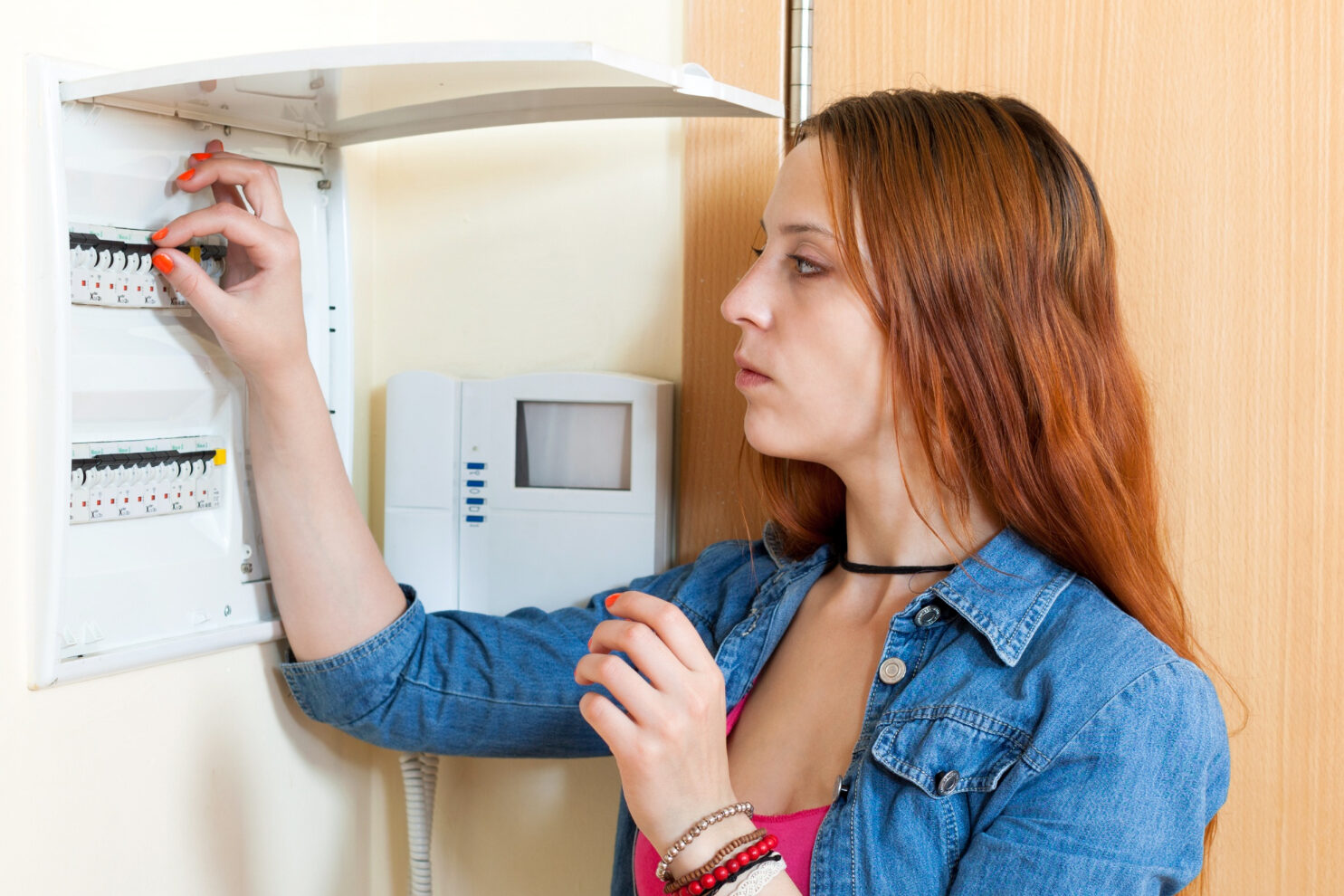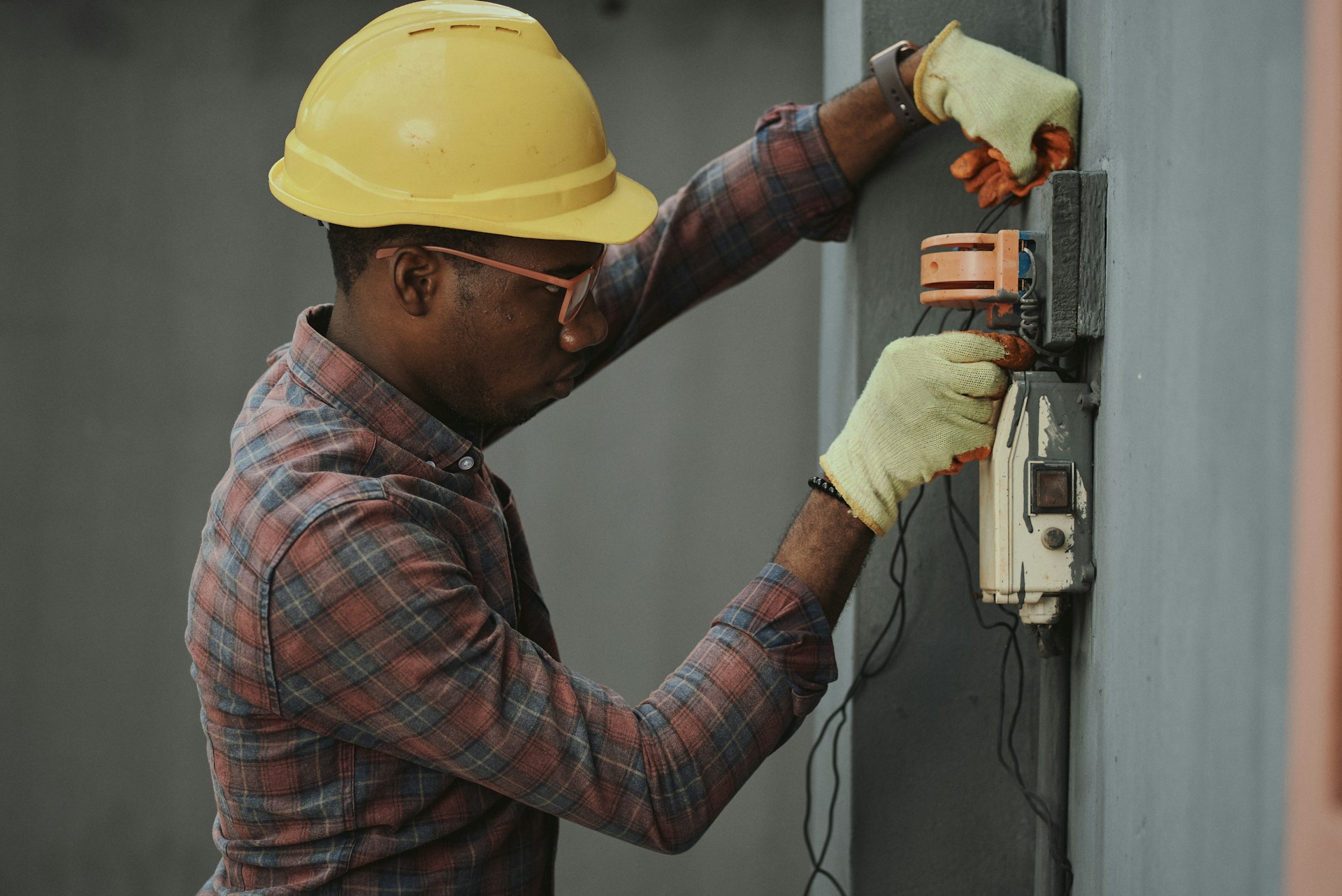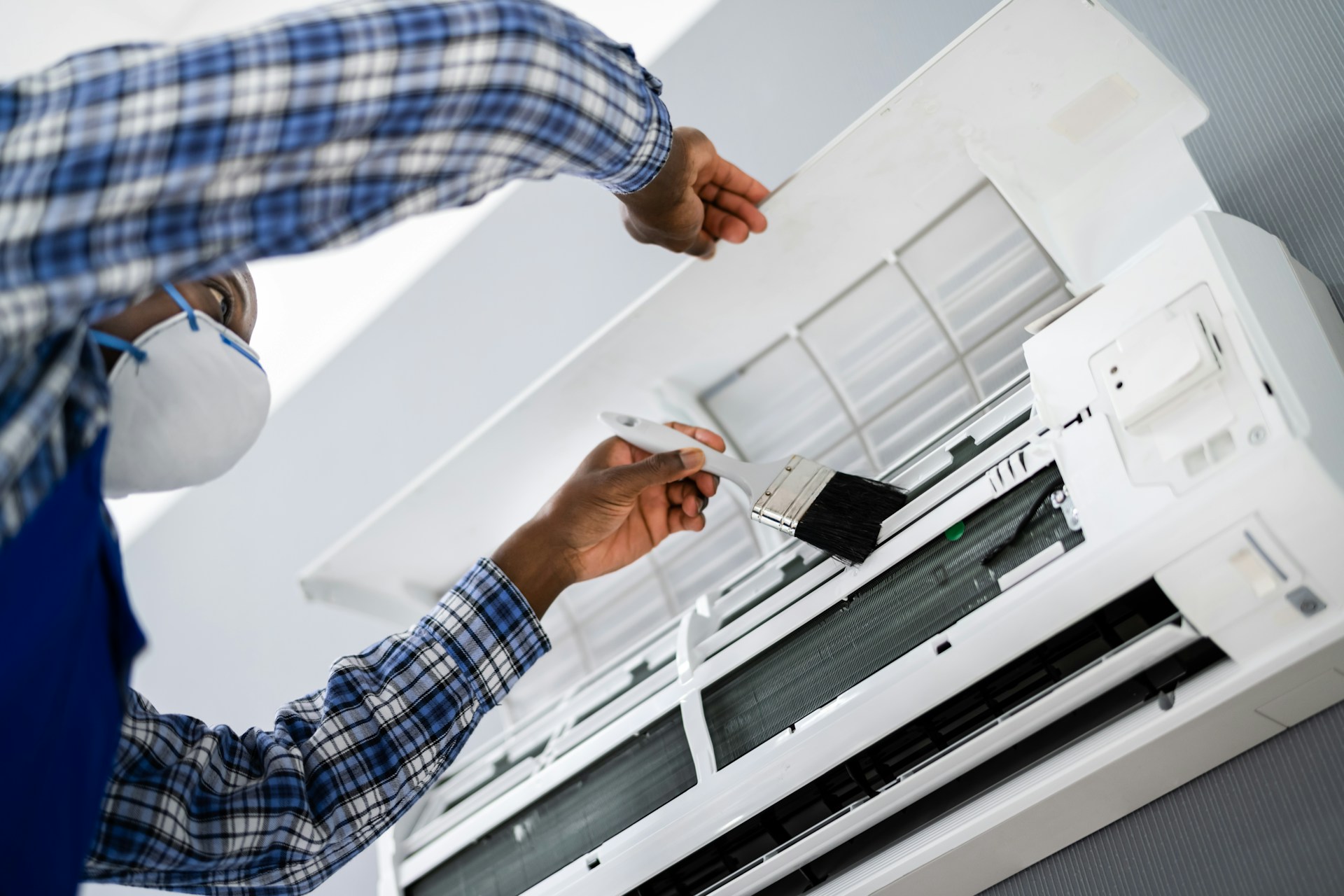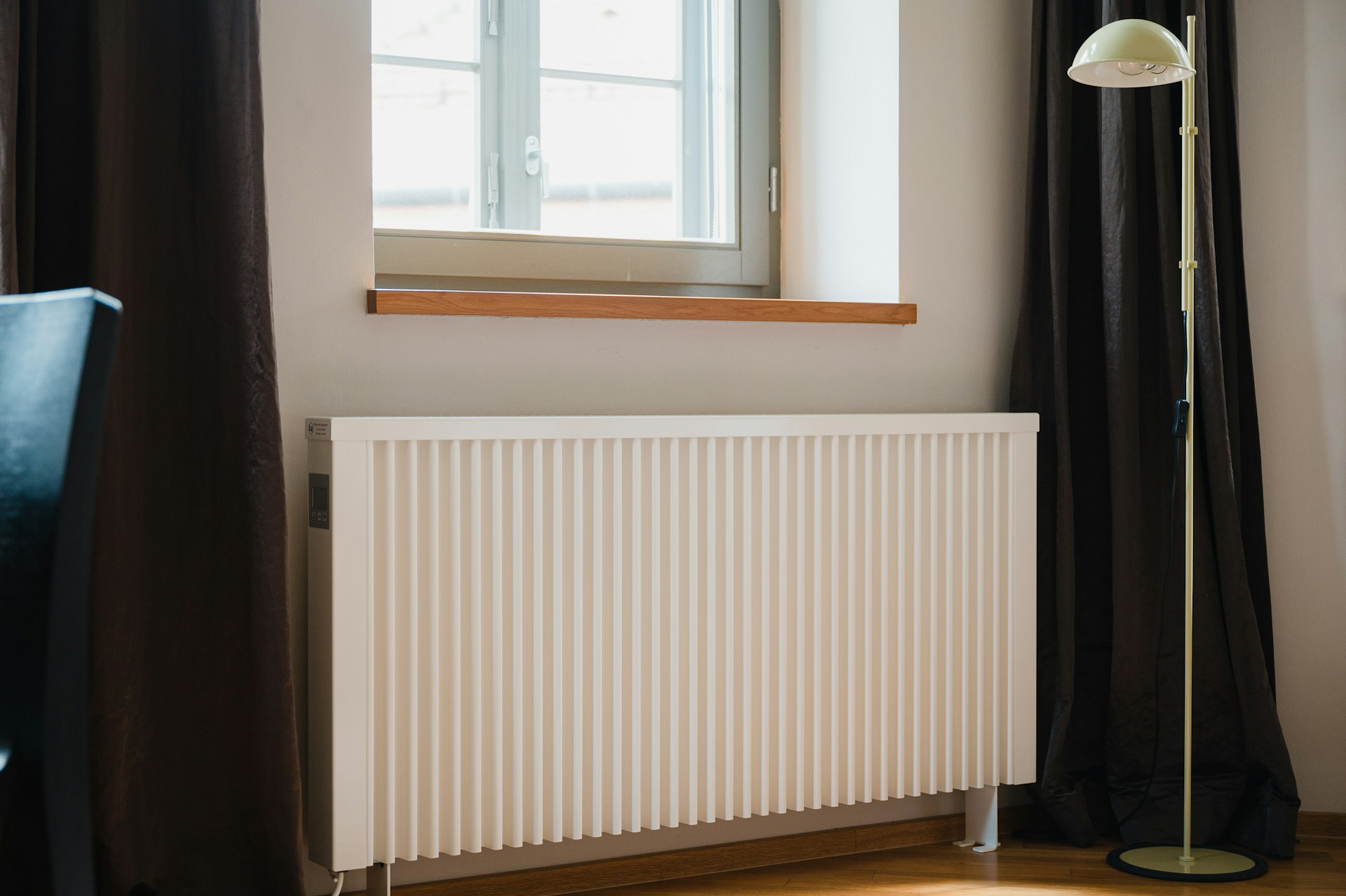Every homeowner will likely encounter electrical problems at some point, as even the most well-designed electrical systems can experience issues over time. Some of these problems may be minor nuisances, while others may pose more significant risks to your home and family.
In any case, knowing how to identify these issues and when to call our team of experienced professionals is essential in maintaining a safe and efficient electrical system throughout your home.
Explore some of the most common electrical problems homeowners face and get insights into recognizing their signs, understanding their causes, and taking appropriate steps to address them.
Flickering Lights
Flickering lights can be a nuisance and an indicator of potential electrical issues. Some possible causes of flickering lights include:
1. Loose or Damaged Wiring: If the wiring in your home is loose or damaged, it can cause inconsistent connections, leading to flickering lights.
2. Bulb or Fixture Issues: Sometimes, the problem is as simple as a faulty bulb or fixture. In this case, replacing the defective component can resolve the issue.
3. Overloaded Circuit: If your home’s electrical circuit is overloaded, it may struggle to provide consistent power to the lights, causing flickering.
4. Voltage Fluctuations: Voltage fluctuations in your home’s electrical system can also lead to flickering lights. These fluctuations may be caused by larger problems, such as issues with your electrical service.
If you notice flickering lights in your home, consider having our professionals investigate further to identify and resolve the cause.
Tripping Circuit Breakers
Circuit breakers are designed to trip and disconnect electrical circuits when they become overloaded. This is a safety mechanism that protects your home and electrical system. Frequent tripping of circuit breakers could be due to:
1. Overloaded Circuits: One of the most common reasons for tripping circuit breakers is an overloaded circuit. Ensure your electrical usage is spread across multiple circuits to avoid overloading.
2. Short Circuits: Short circuits occur when two wires touch each other, causing a sudden flow of electricity and tripping the breaker. This may be due to damaged wiring, faulty devices, or loose connections.
3. Ground Faults: Ground faults happen when a live wire comes into contact with a grounded conductor like a metal box or conduit. These faults can also trip your circuit breaker and may require professional attention.
If your circuit breakers are tripping frequently, don’t ignore the issue. Contact our technicians for expert assistance in diagnosing and resolving the problem.
Faulty or Outdated Outlets and Switches
Outlets and switches are critical components of your home’s electrical system, and over time, they can become worn out or outdated. Here are some signs that your outlets or switches may need attention:
1. Loose or Broken Outlets: If an outlet is loose, it can cause poor or intermittent connections, leading to potential safety hazards. Always replace or repair damaged outlets promptly.
2. Non-functioning Switches: If a switch doesn’t work, there could be a wiring issue or a problem with the switch itself. Have our professionals diagnose the problem and make any necessary repairs.
3. Warm or Buzzing Outlets: Warm or buzzing outlets could signal an overloaded circuit, faulty wiring, or other underlying electrical issues. Don’t ignore these warning signs – consult our professionals for help.
4. Two-Pronged Outlets: Older homes may still have two-pronged outlets. These outdated outlets can be dangerous and should be replaced with modern three-pronged outlets equipped with ground fault circuit interrupters (GFCIs) for improved safety.
Regularly inspecting your home’s outlets and switches for these signs can help you identify potential problems early, allowing our team to address the issue before it escalates.
Electrical Surges and Their Implications
Electrical surges can be incredibly damaging to your home’s electronics and appliances. Common signs of electrical surges include:
1. Frequent Resetting of Devices: If you find yourself frequently resetting or rebooting electronic devices, it could be due to electrical surges.
2. Damaged Appliances: Sudden malfunctions or failure of appliances could be a result of electrical surges damaging their internal components.
3. Tripped Surge Protectors: Surge protectors are designed to trip and disconnect your devices from power sources during surges. If you notice your surge protectors frequently tripping, it could be a sign of ongoing surges.
To protect your home’s electrical system and appliances from surges, consider investing in whole-house surge protectors. These devices are designed to absorb and redirect excess voltage, shielding your home’s electronics from damage.
Conclusion
Recognizing the signs of common electrical problems and understanding their causes can help keep your home safe and your electrical system efficient. While it’s essential to be aware of your home’s electrical condition, attempting DIY repairs can be dangerous and lead to more severe complications. Remember that electrical work requires a trained professional’s expertise.
If you encounter any electrical issues in your home, trust our skilled technicians at Snohomish Valley Electric Heat & AC to diagnose and address them effectively. Contact us today to learn more about our electrical repair services and how we can help keep your home safe and efficient!





